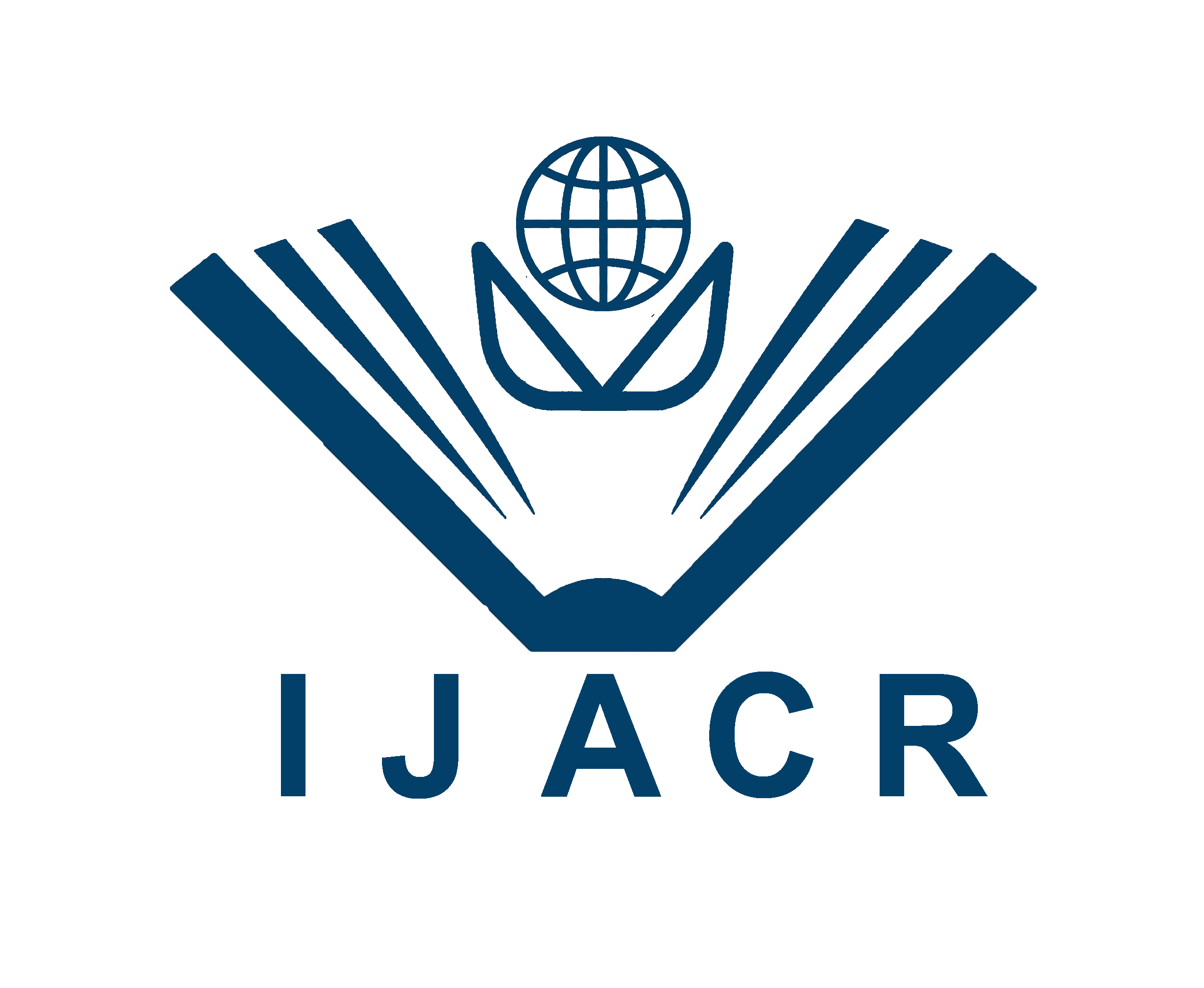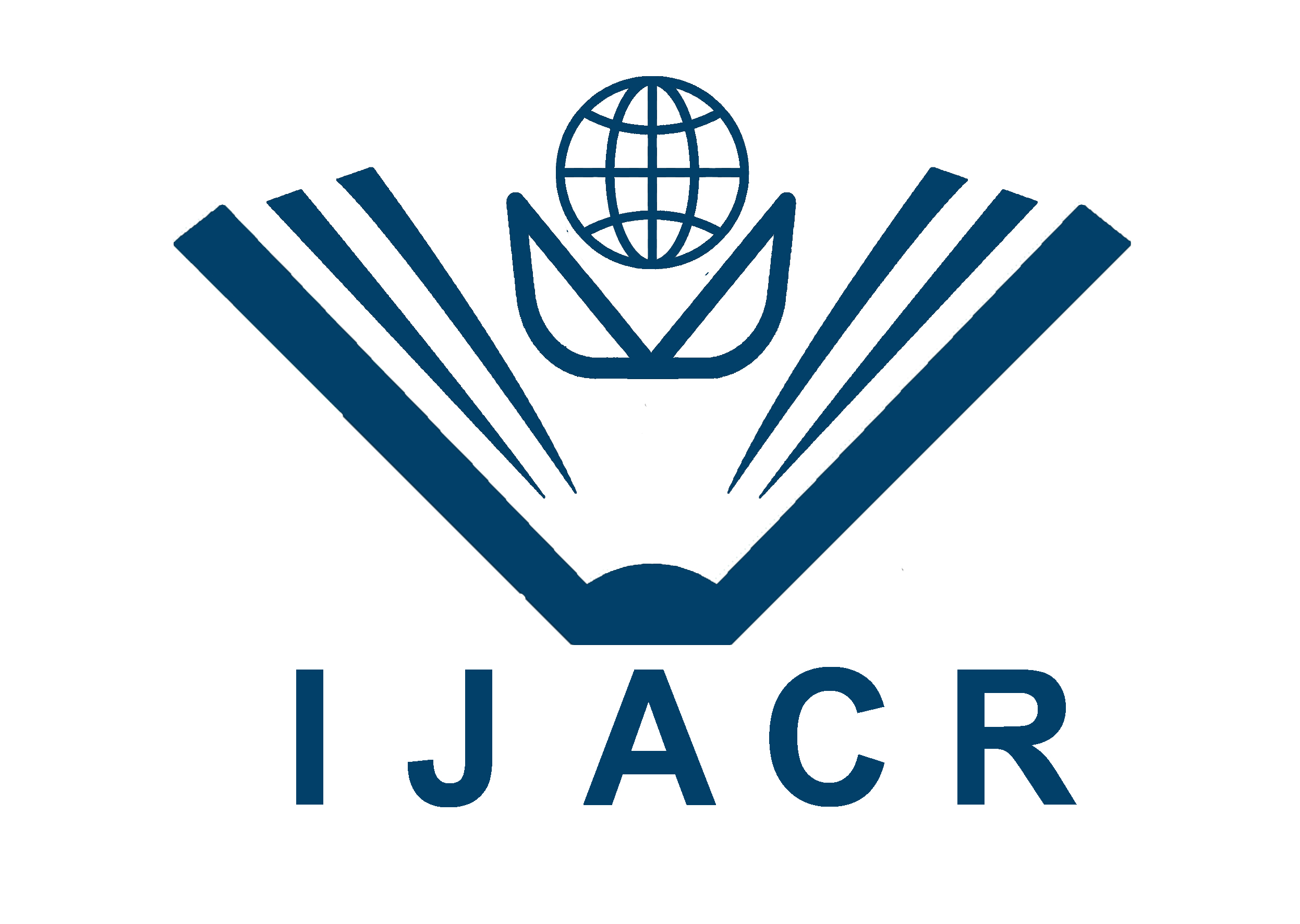International Journal for Asian Contemporary Research, 5(2): 36-40
Profitability and Agronomic Performance Assessment of Chickpea and Linseed Intercropping with Different Row Ratios
26 May, 2025 || Accepted: 28 June, 2025 || Published: 15 July 2025
A B S T R A C T
This study investigates the performance of chickpea (Cicer arietinum L.) and linseed (Linum usitatissimum L.) intercropping at various row ratios to determine the optimal configuration for maximizing yield and economic returns in Bangladesh. Conducted at the Bangladesh Agricultural Research Institute (BARI) from November 1987 to April 1988, the experiment employed a Randomized Complete Block Design (RCBD) with eight treatments: T1 (sole chickpea, 100%), T2 (chickpea 4 rows: linseed 1 row), T3 (chickpea 1 row: linseed 1 row), T4 (chickpea 1 row: linseed 4 rows), T5 (sole linseed, 100%), T6 (chickpea 2 rows: linseed 3 rows), T7 (chickpea 3 rows: linseed 2 rows), and T8 (chickpea 2 rows: linseed 2 rows). The results indicated significant influences of intercropping on agronomic traits, yield attributes, and economic outcomes. The combination of three rows of chickpea with two rows of linseed (T7) yielded the highest chickpea equivalent yield (1.57 tons/ha) and the highest Land Equivalent Ratio (LER) of 1.38, surpassing sole cropping systems. Economic analysis revealed that T7 also provided the highest net return (Tk. 11,443.02/ha) and benefit-cost ratio (2.55). These findings demonstrate that intercropping chickpea and linseed can effectively enhance productivity and profitability. Further research is recommended to validate these results across different agroecological zones and cropping seasons.
Keywords: Chickpea, Linseed, Intercropping, Yield optimization and Economic analysis.
Copyright information: Copyright © 2025 Author(s) retain the copyright of this article. This work is licensed under a Creative Commons Attribution 4.0 International License
To Cite: Amin, M.J., Moniruzzaman, A.F.M., Tanvir, M.Z.A. and Rahman, M.R. (2025). Profitability and Agronomic Performance Assessment of Chickpea and Linseed Intercropping with Different Row Ratios. International Journal for Asian Contemporary Research, 5(2): 36-40.
References
- BBS. (1987). Statistical yearbook of Bangladesh. Bangladesh Bureau of Statistics. Statistics Division, Ministry of Planning, Govt. of Peoples Republic of Bangladesh.
- Evans, A.C. 1980. Studies of intercropping maize or sorghum with groundnuts. East Africa Agricultural Journal. 26(1): 1-10.
- Gomez, K.A. and Gomez, A.A. (1984). Statistically Procedures for Agricultural Research. 2nd edition. An International Rice Research Institute Book. A wileyInter science Publication, New York. 28. pp. 442-443.
- Islam, A.J.M. 1985. Sub-sector Review of Multiple-crop Research and BARI. Govt. of the People’s Republic of Bangladesh, Ministry of Agriculture.
- Rahman, M. A. , S. M. Roy and A. Quasem. 1982. Performance of compatibility of legume and non-legume with maize intercropping. Bangladesh Journal of Agriculture. 7(2) : 14-19).
- Tarhalkar, P.P. and N. G. P. Rao. 1979. Genotype plant density considerations in the development of an efficient intercropping system for sorghum. Proceedings, International Workshop on Intercropping.10-13 Jan.
- Willey, R.W.1979. Intercropping, its importance and research needs. Part 1, competition and yield advantages. Field crop Abs. 32(1) : 1-10.
- Zandstra, H. G. 1979. Terminologies in cropping systems ``definitions and parameter”. Lecture notes of sixth month cropping system program at IRRI, 14 September.
Article View: 611 times



